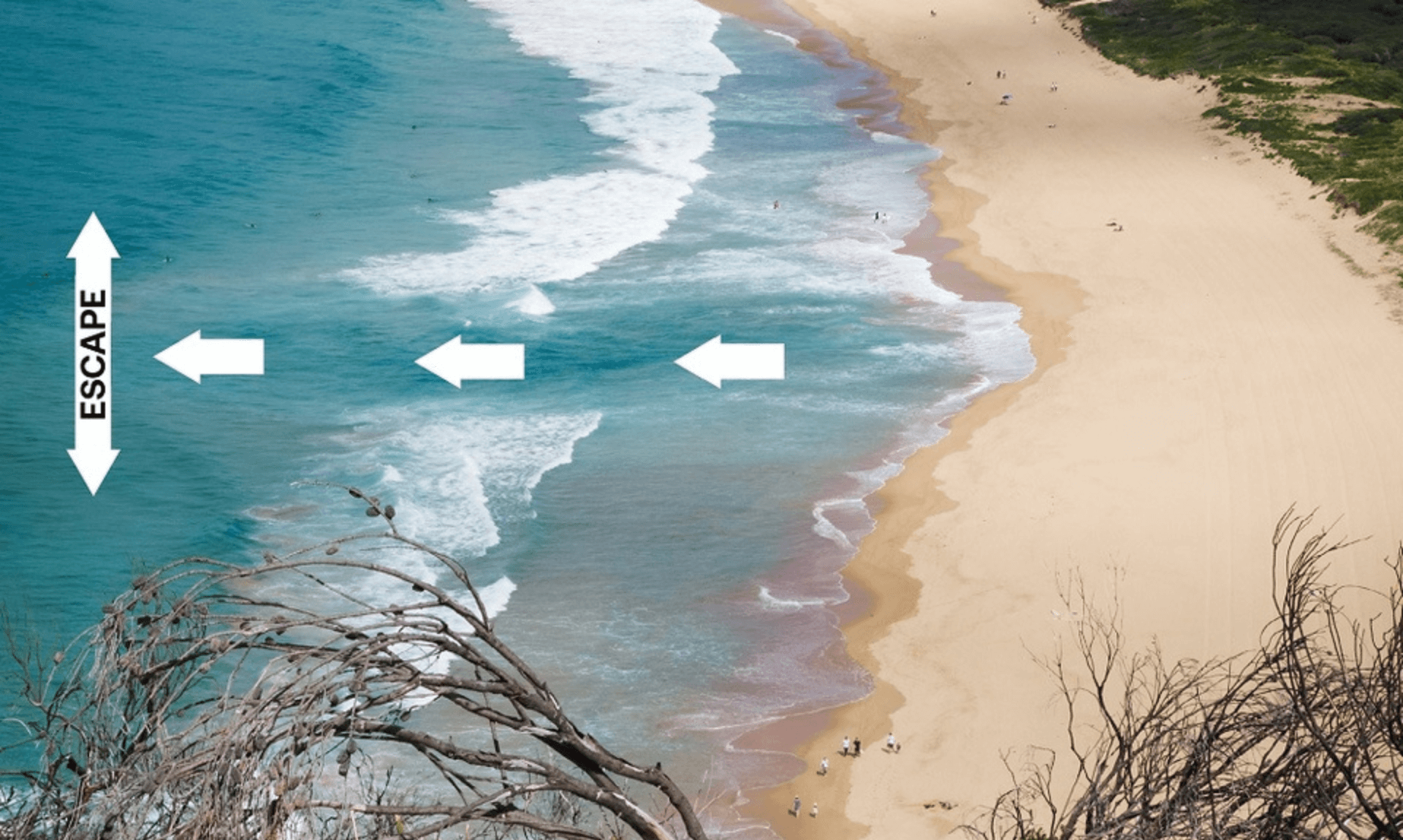Stay Safe on Cornish Beaches: The Hidden Threat of Rip Currents
Photo Credit: HM Coastguard
What Are Rip Currents?
Rip currents are powerful, fast-moving channels of water that can drag even strong swimmers out to sea. Found frequently on beaches across Cornwall, these invisible dangers are responsible for a significant number of rescues and fatalities each year. Understanding how to spot them is crucial for anyone planning to enjoy the coast.
How to Spot a Rip Current
Rip currents are often hard to see, but there are signs that can help you identify them before getting in the water:
- Calm Patches: Look for areas where waves are not breaking. These calm spots may seem inviting, but they can indicate a rip current.
- Discoloured Water: A rip current often carries sand and debris, making the water appear murkier or a different colour than the surrounding area.
- Foamy Water: If you notice foam, seaweed, or debris moving steadily out to sea, this could signal the presence of a rip current.
- Channel of Choppy Water: A noticeable difference in the water’s surface, such as a channel of choppy or disturbed water, might be another indicator of a rip current.
Float to Live: Essential Survival Technique
If you find yourself caught in a rip current, the RNLI advises using their “Float to Live” technique:
- Stay Calm and Float: Try to stay calm and float on your back to keep your head above water. This helps conserve energy and gives you a chance to regain control.
- Signal for Help: While floating, use one arm to signal for help, waving or raising your hand to catch the attention of lifeguards or others on the shore.
- Plan Your Escape: Once you’ve calmed down and have a sense of your surroundings, attempt to swim parallel to the shore until you are out of the current, then head back towards the beach.
What to Do If You Get Caught
If you find yourself caught in a rip current, it’s important not to panic. Follow these steps to increase your chances of staying safe:
- Don’t Swim Against the Current: Swimming directly back to shore against a rip current can exhaust you quickly. Instead, swim parallel to the shore to escape the current’s grip.
- Float and Signal for Help: If you’re unable to swim out of the current, float on your back to conserve energy and raise your hand to signal for help.
Stay Safe
For the best protection, always swim at lifeguarded beaches between the red and yellow flags. Lifeguards are trained to spot rip currents and can provide immediate assistance if needed. Vist the RNLI website to find your closest lifeguarded beach in Cornwall.
Final Thoughts
Rip currents are a hidden danger on many UK beaches. By learning how to spot them, mastering the “Float to Live” technique, and knowing what to do if caught in one, you can help ensure a safe and enjoyable day by the sea. For more detailed information on rip currents and beach safety, visit the RNLI’s official Rip Currents page.

Share This Story, Choose Your Platform!
To keep up with the latest cornish news follow us below
Follow CornishStuff on Facebook - Like our Facebook page to get the latest news in your feed and join in the discussions in the comments. Click here to give us a like!
Follow us on Twitter - For the latest breaking news in Cornwall and the latest stories, click here to follow CornishStuff on X.
Follow us on Instagram - We also put the latest news in our Instagram Stories. Click here to follow CornishStuff on Instagram.
You Might Also Be Interested In
Latest News In Cornwall
Daily Cornish news by email
The latest daily news in Cornwall, sent direct to your inbox.


























